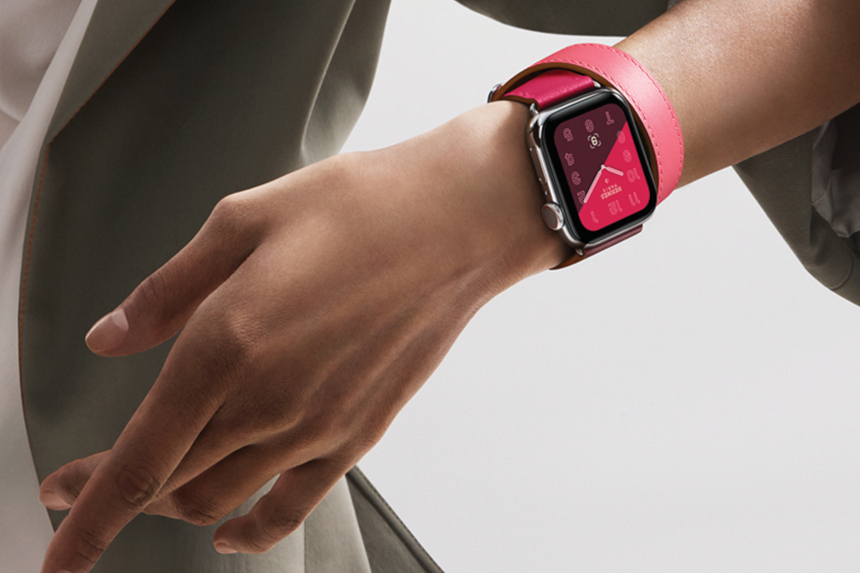Maybe it’s rude, but I pay a ridiculous amount of attention to wrists. Why? Watches. The daily decision about what wristwatch to wear says a lot about who you are, it seems to me. Yeah, I’m judgmental.
Until recently, the choice was binary: your watch was either mechanical or quartz. Mechanical timepieces, especially at the higher end, tend to showcase remarkable engineering and design. Quartz watches feature greater accuracy, require batteries for power, and are generally more affordable.
Basically, those were your options. You were either dialed in to mechanical wizardry or you weren’t. And thus, for decades, all was dull and dandy in the insular little world of horology. But about four years ago, a long-ticking time bomb detonated. Smartwatches, led by the revolutionary Apple Watch, crashed the scene. Today, smartwatches of various kinds can be seen strapped to the wrists of everyone from grade-school kids to powerful politicians.
These are “watches” in the way that iPhones are “phones,” meaning they’re actually multifunctional little computers encased in a diminutive package.
However — and this is key — these are “watches” in the way that iPhones are “phones,” meaning they’re actually multifunctional little computers encased in a diminutive package. Their mission is to be an always-there, always-on buddy. Keeping time is incidental to what they do. They may not be show-offy pieces of jewelry, but based on sales, Americans are fully embracing the age of awesome.
Some would argue that this is in fact a bad omen. Our society, they contend, has grown so lazy that we can’t manage our daily lives without a butler affixed to our anatomy. Well, maybe. But it’s undeniable that smartwatches have become invaluable tools to millions of people who wouldn’t know a Rolex from a Fauxlex.
Still, there are skeptics, and not just among the digital-averse. Recently, I checked in with Sophy Rindler, co-founder of Tockr, an indie watch brand aimed at a fashion-conscious crowd. Her thoughts on smartwatches? “Tomorrow, when some in the younger generation mature, they’ll wear a real watch,” she said. By which she meant a mechanical watch. Smartwatches, Rindler believes, are “gadgets and will be quickly obsolete.”
Now, you may ask, who cares what anyone thinks, and further, do we even need wristwatches anymore? Everyone carries a smartphone; they can do everything. Well, no they can’t. Smartwatches may not be every aesthete’s cup of tea — but they can save your life.
In addition to audibly reminding you that it’s time to stand up and walk around or push through your exercise regimen, some smartwatches can check your heart rate, look for arrhythmias, conduct simple electrocardiograms, and even call first responders if you take a bad tumble. No old-fashioned watch can do any of those things.
True, but “there’s no emotion with a smartwatch,” Patrick Pruniaux, a top Swiss watchmaking executive, recently told a BBC reporter. “People who buy [fine] watches do so for the passion and for the creativity.”
No doubt. Personally, I remain a holdout. I own some fine mechanical timepieces, but I do appreciate what smartwatches can offer, particularly relating to health. When one of the upcoming models can handle my colonoscopy, give me a call.
In the last issue, Cable Neuhaus wrote about America’s obsession with dinosaurs.
This article is featured in the May/June 2019 issue of The Saturday Evening Post. Subscribe to the magazine for more art, inspiring stories, fiction, humor, and features from our archives.
Featured image: Apple.
Become a Saturday Evening Post member and enjoy unlimited access. Subscribe now



